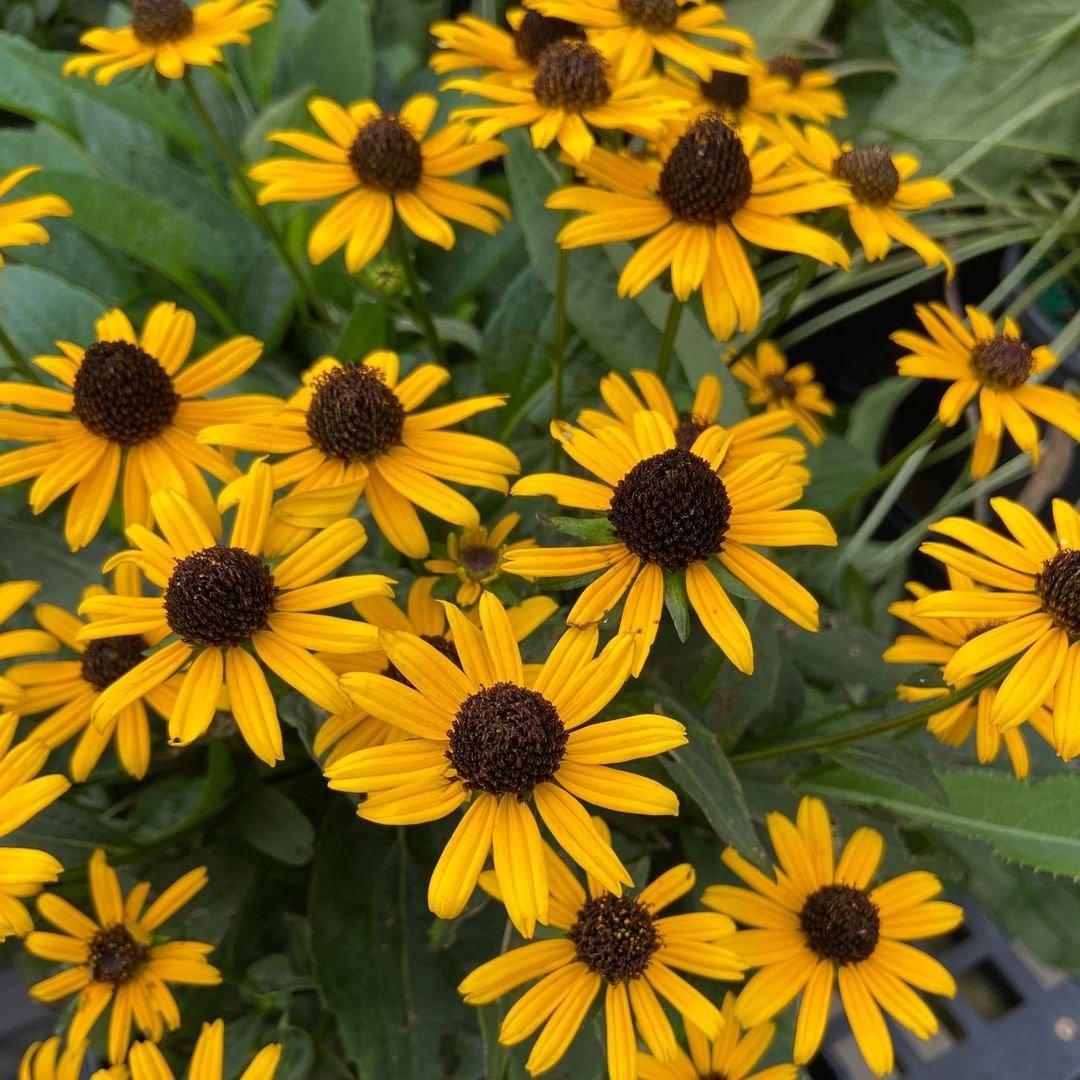Discover how to grow Black-Eyed Susans with Ashley Scott’s 10-year expertise! Learn about their care, symbolism, and secrets to vibrant blooms. Perfect for USA gardeners.
Hi, I’m Ashley Scott, a gardener with over a decade of experience, and today I’m sharing everything I know about Black-Eyed Susans (Rudbeckia hirta). These cheerful, daisy-like flowers have brightened my garden for years, and with the right care, they’ll thrive in yours too. Let’s dig in!
What Are Black-Eyed Susans?

Scientific Name: Rudbeckia hirta
Common Names: Black-Eyed Susan, Gloriosa Daisy, Brown-Eyed Susan
Black-Eyed Susans are North American native wildflowers known for their golden-yellow petals and dark brown centers. They’re a staple in meadows, cottage gardens, and even roadside plantings. I love their rugged charm—they’re drought-tolerant, attract pollinators, and bloom for months!
Description:
- Height: 1–3 feet tall (depending on variety)
- Colors: Classic yellow with black centers, but newer varieties come in orange, red, and bi-colors.
- Blooming Season: Summer to early fall (June–October).
- Lifespan: Most are short-lived perennials (zones 3–9), but some act as annuals.
How to Grow Black-Eyed Susans
1. Starting from Seeds
Black-Eyed Susan seeds are easy to grow. Here’s how I do it:
- When to Plant: Sow seeds directly in spring after frost or start indoors 6–8 weeks earlier.
- Soil: Well-draining, average fertility (they’re not picky!).
- Sun: Full sun (6+ hours daily) for best blooms. They tolerate partial shade but may get leggy.
Pro Tip: Scatter seeds in fall for natural stratification—they’ll sprout stronger in spring!
2. Choosing the Best Planting Spot
Wondering where to plant Black-Eyed Susans? They thrive in:
- Open gardens, borders, or wildflower meadows.
- Slopes or areas with poor soil (their deep roots prevent erosion).
Avoid soggy spots—they hate wet feet!
Black-Eyed Susan Plant Care
Watering
- Water young plants weekly. Mature ones are drought-resistant—I only water mine during extreme dry spells.
Fertilizing
- Skip the heavy feeders! A light compost layer in spring is plenty.
Pruning & Deadheading
- Deadhead spent blooms to encourage more flowers. Cut stems back to 2 inches after frost for a tidy winter garden.
Pests & Problems
- Aphids: Blast them off with water or use insecticidal soap.
- Powdery Mildew: Improve airflow and avoid overhead watering.
Popular Varieties to Try
- ‘Goldsturm’: A classic perennial with large, long-lasting blooms.
- ‘Cherry Brandy’: Stunning deep red petals (my patio showstopper!).
- Black-Eyed Susan Vine (Thunbergia alata): A tender climber with orange or yellow flowers—perfect for trellises!
Why Are They Called Black-Eyed Susans?
The name likely comes from an 18th-century poem comparing the flower’s dark center to a woman’s “black eye.” Fun fact: Maryland named it their state flower in 1918!
What Do Black-Eyed Susans Symbolize?
These blooms represent justice, resilience, and encouragement. I often gift them to friends starting new ventures—they’re nature’s pep talk!
FAQs (Your Questions, Answered!)
Are Black-Eyed Susans Perennials or Annuals?
Most are perennials, but in colder zones, they may act as annuals. Check your variety!
Can They Grow in Shade?
They prefer full sun but tolerate partial shade. Less sun = fewer blooms.
What’s the Black-Eyed Susan Drink?
A fun coastal cocktail! The “Black-Eyed Susan” is a rum-and-vodka mix served at Maryland’s Preakness Stakes.
Personal Favorites & Pro Tips
- Companion Plants: Pair with purple coneflowers or ornamental grasses for a prairie vibe.
- LBI & Nantucket: These coastal towns use Black-Eyed Susans in beachside gardens—salt-tolerant and stunning!
Resources & Further Reading
- Lady Bird Johnson Wildflower Center – Native planting guides.
- USDA Plant Hardiness Zone Map – Find your growing zone.
- The Old Farmer’s Almanac – Seasonal gardening tips.
For more gardening tips, check out my guides on how to grow native plants and best perennials for beginners.
Whether you’re planting Black-Eyed Susan seeds or enjoying their symbolism, these flowers are a joy. Drop a comment below with your questions—I’d love to help!
Happy Gardening,
Ashley Scott
USA Garden Web


2 thoughts on “The Ultimate Guide to Black-Eyed Susans: Growing Tips, Symbolism & More”